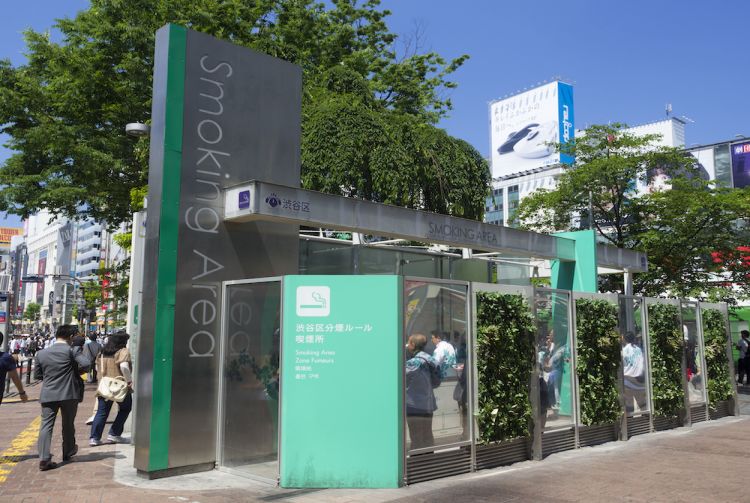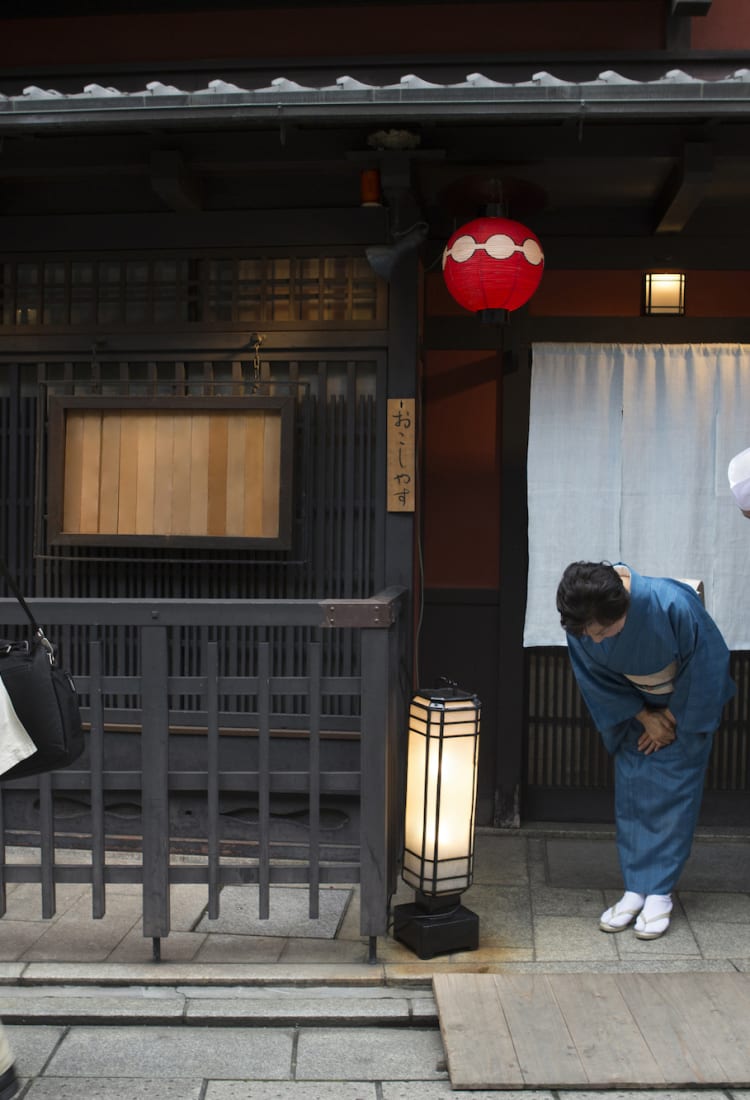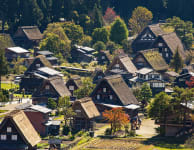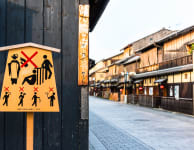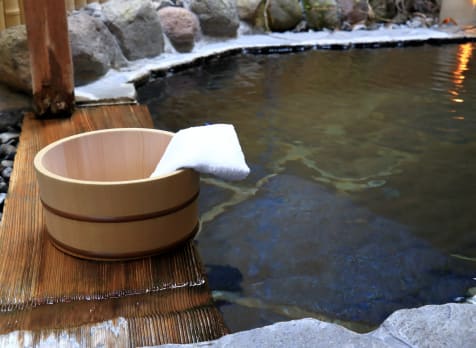- The Japan Tourism Agency has published "Travel Etiquette for the future". As a courteous and considerate traveler, your good manners help protect and preserve the destinations you visit while enriching your own travels. Become a "responsible traveler," and get the most from your travels by respecting the local environment and people, as well as other visitors. https://www.mlit.go.jp/kankocho/responsible-traveler/en.html
Learning and trying out the protocols is a fun way to experience cultural Japan
Japan has a unique culture and customs, such as taking off shoes when entering inside. Public baths, onsens, and pools have various rules about what clothing or items are allowed.
Basic Etiquette
Japan has many culturally unique social customs and forms of showing respect. While instinctive to most Japanese people, things like taking off shoes or bowing can feel like a whole new world for the unaccustomed traveler. Although not expected to become a master, learning the basic etiquette and protocols can be part of a rich travel experience and a great way to interact with local people.
Daily interactions
In general, Japanese people are less prone to body contact during everyday interactions. This goes for kisses, hugs, and handshakes used as greetings, as well as other public displays of affection. While body contact is not totally frowned upon, keep an eye on how others around you are interacting to get an idea of the level of intimacy expected.
Greeting and bowing in Japan
Japanese people are accustomed to bowing as a form of greeting. Walking around the streets, you'll probably notice people nodding spontaneously while talking on the phone and businesspeople or even train conductors taking long deep bows as a formalized show of respect. Learning every single rule for how and when to bow isn't necessary for non-Japanese people unless you are in a very formal situation. However, a courteous nod or bow of the head when greeting someone or entering and leaving an establishment will go a long way.
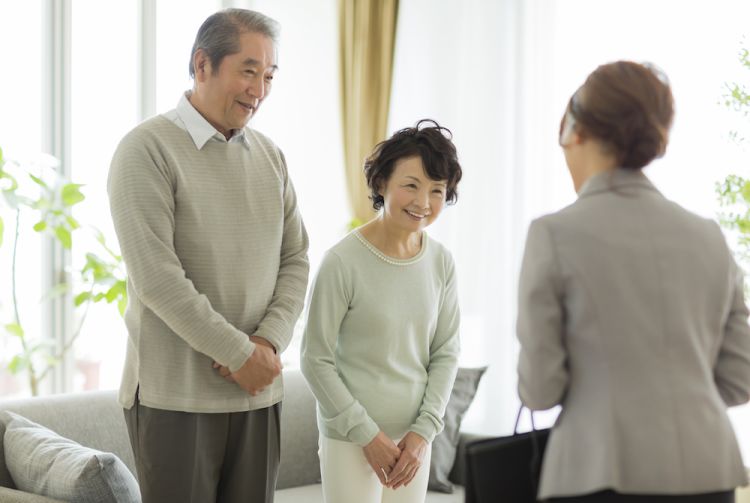
Useful phrases
“Sumimasen,” which usually means “sorry,” can also be used as “excuse me” and even “thank you” depending on the context. Use “arigato gozaimasu” as a more direct thanks, and be prepared to hear and use “yoroshiku onegaishimasu” when being asked to do something or when meeting someone.
Staying overnight
Most western hotels in Japan follow the same practices that you would expect throughout the world (with the exception of tipping, there is no need). However, the more traditional ryokan hotels still follow a time-honored code of conduct. From taking off your shoes at the entrance to sleeping on futons on the floor, when you enter a ryokan, you are entering Japan from a different age. The Yukata gowns that you will usually find in your rooms can sometimes be worn outside, sometimes not. Same with the slippers. A list of dos and don'ts will adorn the walls of the communal bathrooms, and dinner may be served in your room or in a communal dining room. If in doubt, simply ask. The staff will be more than happy to help you.
Taking off shoes inside
The entrenched culture of taking off shoes extends from a history of sitting or sleeping on tatami flooring. The protocol is to take off your shoes at the entrance area inside the doorway and slip on the indoor-use slippers provided and then neatly place your shoes either in the shoebox provided or to the side out of the way. When inside, it's customary to remove your slippers when on the tatami mats or using the bathroom. Most places will have a separate pair of slippers in the restroom which you can change into for the occasion. Having easy-to-slip-on shoes will make life easier if you are traveling around.
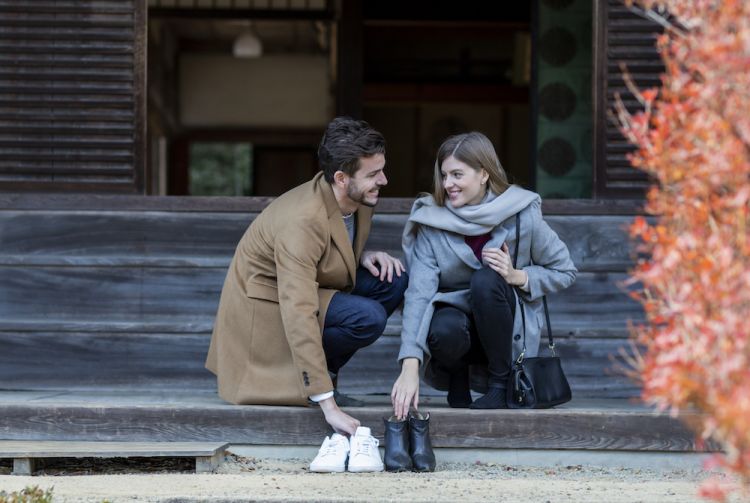
Bathing etiquette—the basics
Japan has a rich prevailing culture of bathing in hot springs, onsens, or public bathhouses called sentos. Like any culture, there are some basic customs and manners that need to be adhered to ensure a hygienic and enjoyable cultural experience for all persons. Most facilities have separate baths for male and female guests. In these facilities, remove all clothing before entering. A few facilities will have shared baths, and in these places, a swimsuit is required. Wash your body with soap before entering the baths. Privately-run hot springs often provide shampoo, body wash, and towels, but you may need to rent or bring your own when visiting public bathhouses. Each shower has a stool and bucket. Take a seat, and pour hot water over yourself using the bucket. Make sure to turn off the water when not in use, and be mindful not to splash others. Most places have an instruction poster, so please use it as a reference.
Once you're clean, you can enter the baths. Do not put your towel or other items in the water, instead put it to the side. You should also tie up your hair. Remember that the baths are for bathing and not swimming. The water in the baths may be very hot. Dip a toe in to acclimatize and make sure to take frequent breaks.
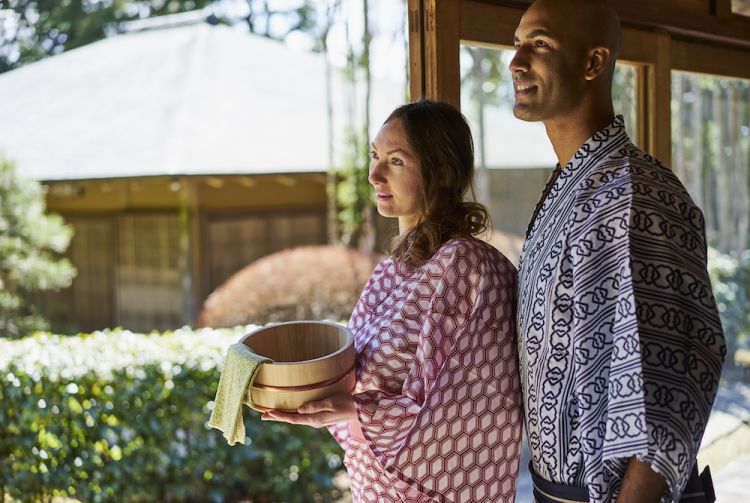
You may enter but your tattoo and clothing, may not?
Tattoos are generally not permitted in hot springs, public bathhouses, swimming pools, or gyms. However, there are some exceptions depending on the type of establishment and the individual owner. There is no definitive guide, however, soto-yu (outdoor-style bathhouses) and hot springs run by the municipality, including some regional hot spring towns, tend to be more tolerant of tattoos. Local sentos also often allow tattoos. That said, if you have a tattoo, the safest option is to check in advance or try to cover it with a waterproof bandage. Similarly, rules regarding what clothing or items are allowed can vary. While swimming pools or gyms may sometimes allow tattoos if it's covered with a swimsuit or rashguard, hot springs and bathhouses do not allow any form of clothing as a rule. That said, some establishments have introduced mixed-gender hot springs which require you to wear a provided bathing suit, called yuami-gi. If you are unsure, just ask.
Private rental baths
If you feel uncomfortable being naked in front of others or are worried about your tattoos, you can always look for private charter baths, called kashikiriburo, or a ryokan (traditional Japanese inn) with rooms that have en-suite baths. These typically come at a premium price but may be worth it for a fuller Japanese cultural experience.
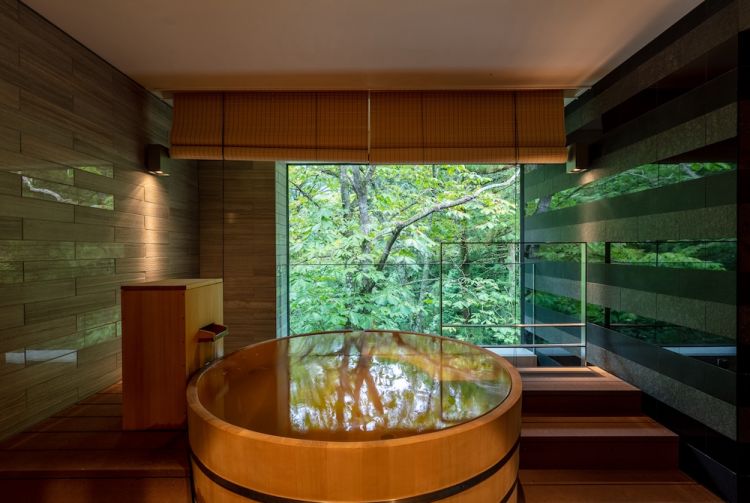
General dining etiquette
Two essential phrases for dining in Japan are “Itadakimasu” — said before eating and meaning something like “I am glad to receive this meal" — and “Gochisosama-deshita,” said after finishing a meal, loosely translated as “thanks for the food.” Some things to keep in mind are that leaving leftover food is frowned upon, and asking to take home your leftovers is generally not accepted. When eating with groups, people normally don't start eating until everyone has food in front of them, and it's generally good manners to ask if you can take the last bite from any communal dishes (which are quite common at group dining events).
Sushi
Sushi in Japan is generally eaten in two ways: with chopsticks or with your hands. This is not a hard rule, however, and many Japanese will use both methods for eating depending on the situation. In general, the sushi rice should not be dipped directly in soy sauce — only the fish on top — and wasabi should not be mixed directly into soy sauce. These rules can be stringent at nicer sushi establishments, but conveyor belt restaurants and chains are more laid back.
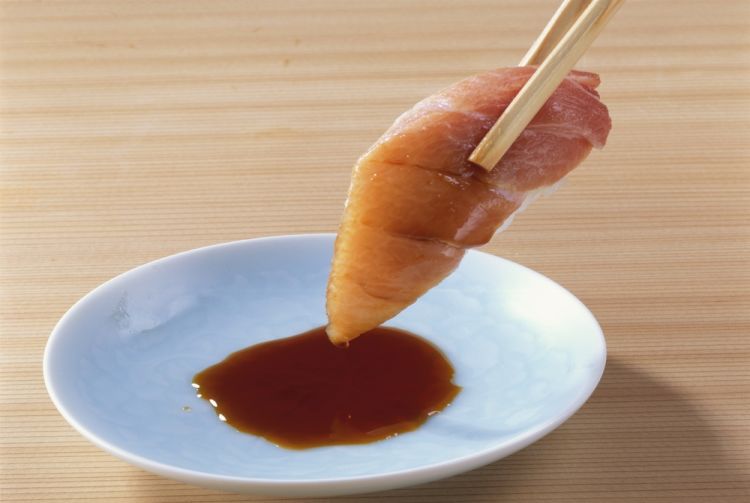
Noodles
With ramen, udon, soba, and more, Japan has an abundance of delicious noodle dishes to try. At most shops, patrons will slurp the noodles as they eat them. This is, in general, an accepted practice — never patronize a local for the way they are eating, but also don't feel obligated to slurp yourself.
Public transportation
While talking in preferably soft voices on the train is certainly acceptable, speaking at any volume on your phone is generally frowned upon while riding trains and buses. It's good manners to line up to the side of the train to let passengers disembark before boarding yourself, and priority seating should always be given to the elderly, pregnant, or disabled riders if applicable. If you carry a phone, keep it on silent mode and avoid speaking on it. If in doubt, just follow the locals.
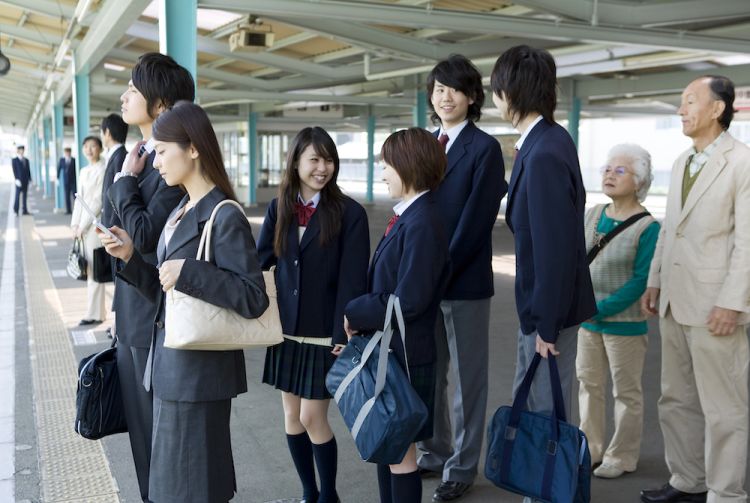
Designated spaces for smoking cigarettes
Japan has designated places for smoking in public. Smoking while walking on the street or throwing your butts on the ground is prohibited and may incur a fine. Designated outdoor smoking areas are limited. If you wish to smoke in public, search for the nearest designated area with an app on your mobile device. Alternatively, some restaurants and coffee shops still allow smoking in Japan.
